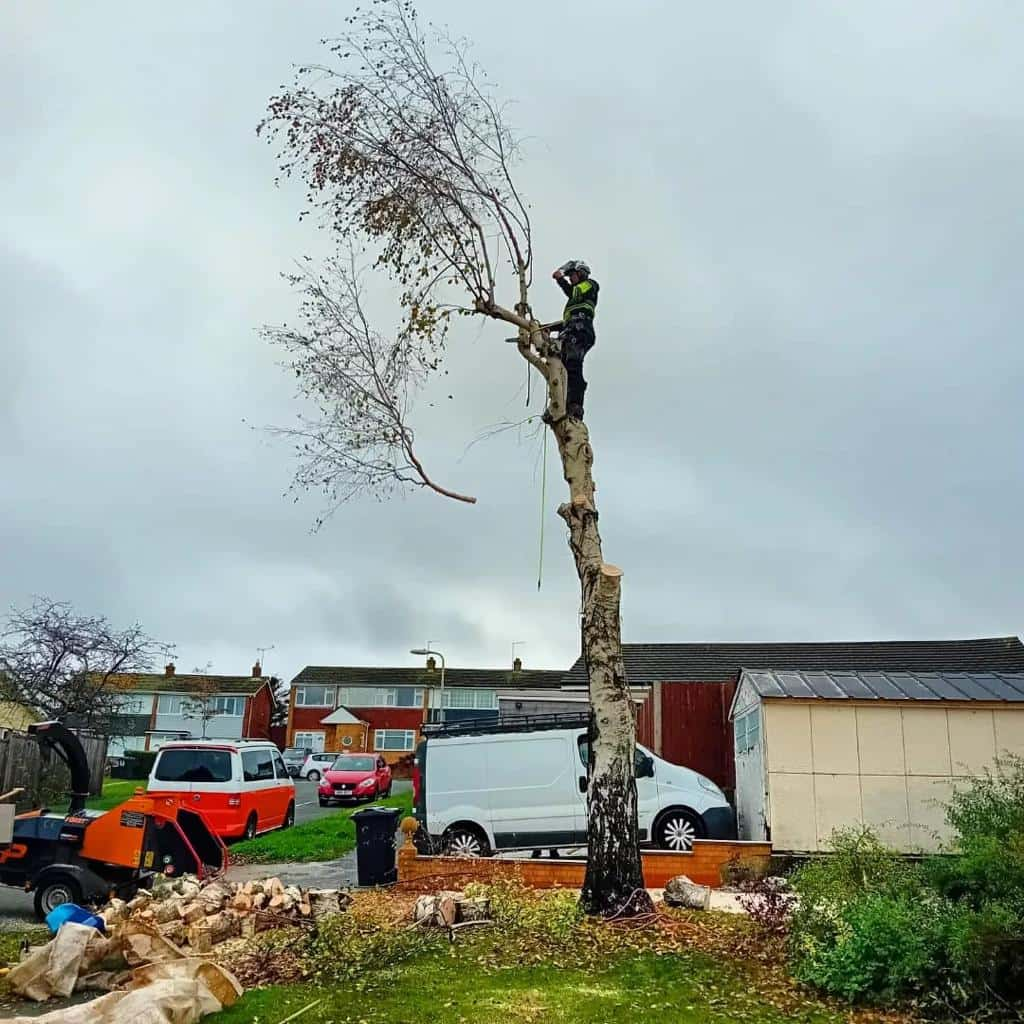Trees are a valuable feature of any landscape, offering beauty, shade, and environmental benefits. However, like any living organism, they require regular care to stay healthy and safe. One of the most important aspects of tree maintenance is knowing when to trim or cut your trees. Timing plays a critical role in ensuring the health and longevity of your trees, while also reducing risks to your property and surroundings.
Why Timing Matters in Tree Maintenance
Tree trimming or cutting involves removing specific branches or entire sections of a tree to improve its health, shape, or safety. However, performing these tasks at the wrong time can harm the tree, making it vulnerable to diseases, pests, or environmental stress. Understanding the optimal time for tree maintenance helps promote vigorous growth and reduces potential risks.
When to Trim or Cut Your Trees
Late Winter to Early Spring
For most trees, the dormant season—late winter to early spring—is the best time for trimming or cutting. During this period, the tree’s growth slows, and it is less likely to experience stress or bleeding sap. Trimming at this time encourages strong growth as the tree awakens in spring.
After Flowering for Spring-Blooming Trees
Trees that bloom in spring, such as cherry or magnolia trees, should be trimmed after their flowers have faded. This preserves the beauty of the blooms and prevents cutting off next season’s flower buds.
Mid to Late Summer for Rapid Growth
If your tree is growing too quickly or has branches interfering with structures, mid to late summer can be an ideal time for a light trim. This slows down rapid growth without over-stressing the tree.
Autumn Caution
Autumn is generally not recommended for tree trimming, as many trees are preparing for dormancy. Cutting branches at this time can interfere with the tree’s natural process of sealing wounds, leaving it vulnerable to decay and pests.
Special Considerations
Safety and Hazard Prevention
Dead or damaged branches can pose significant risks, especially during storms. These should be removed as soon as possible, regardless of the season.
Disease Management
If your tree shows signs of disease, such as fungal growth or insect infestations, professional intervention is essential. Removing infected branches promptly helps prevent the disease from spreading to other parts of the tree or nearby vegetation.
Specific Tree Species
Different tree species have unique growth patterns and trimming requirements. For instance, fruit trees benefit from pruning during late winter to maximise fruit production, while evergreen trees require minimal trimming and should be cut only to remove deadwood or shape their structure.
Why Professional Tree Surgeons Are Essential
Tree trimming and cutting require precision and expertise. Incorrect techniques can harm the tree, leading to weak structures or poor regrowth. Professional tree surgeons understand the biology of trees and apply techniques that promote health and safety.
At LM Tree Surgery Eastleigh, we specialise in professional tree maintenance tailored to the specific needs of your trees and landscape. Our team ensures that every cut is carefully planned to maximise the tree’s health and aesthetic appeal while minimising risks to your property.
Conclusion
Timing is crucial when it comes to trimming or cutting your trees. Whether it’s maintaining their health, promoting growth, or ensuring safety, understanding the best time for tree maintenance is key to achieving the desired results. By choosing professional tree surgeons, you can rest assured that your trees receive the expert care they need, regardless of the season.
For professional tree trimming and cutting services in Eastleigh, Hampshire, contact LM Tree Surgery Eastleigh today. Let us help you keep your trees healthy, safe, and beautiful throughout the year.
Call us on: 023 8001 2396
Click here to find out more about LM Tree Surgery Eastleigh
Click here to complete our contact form and see how we can help with your tree needs.

